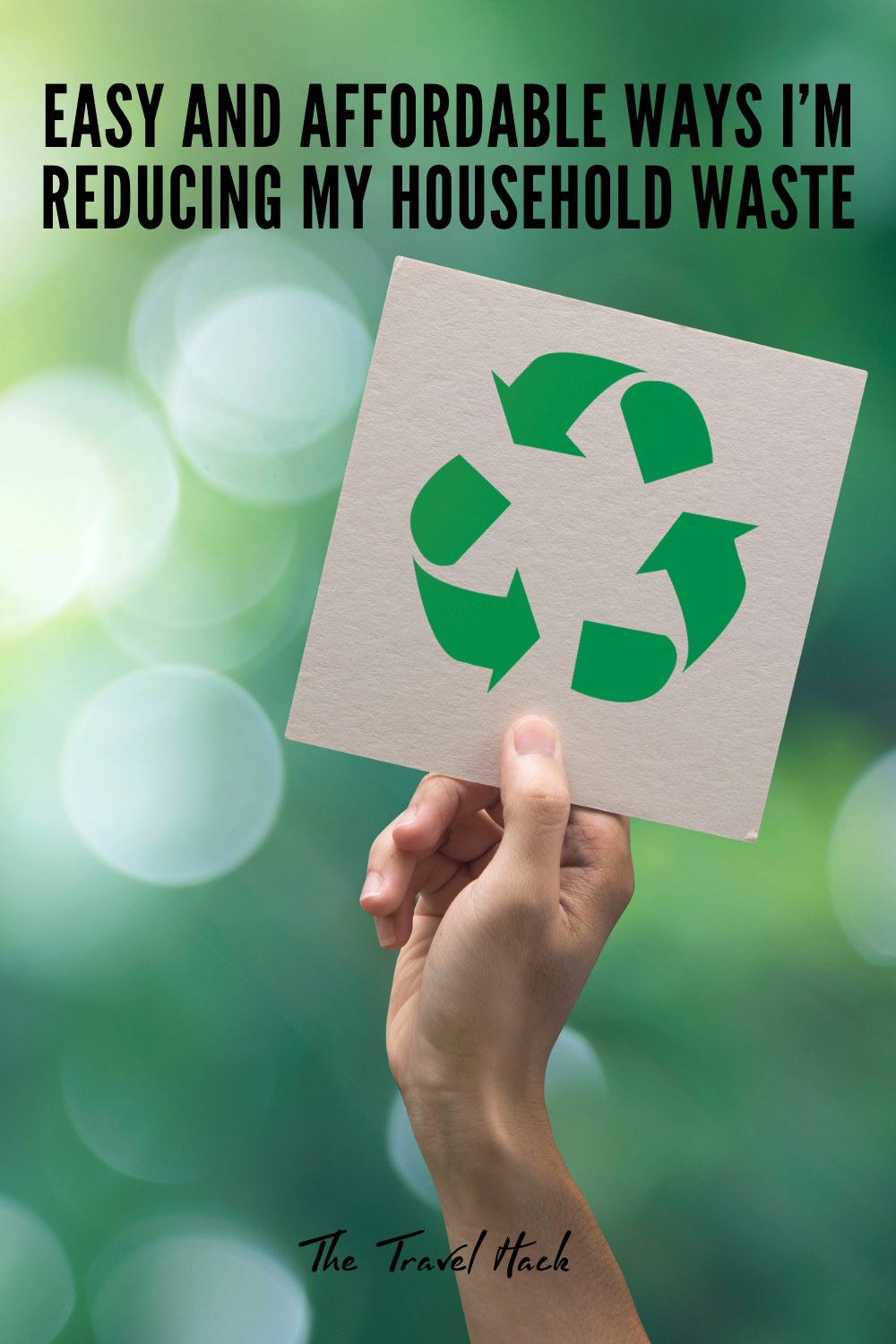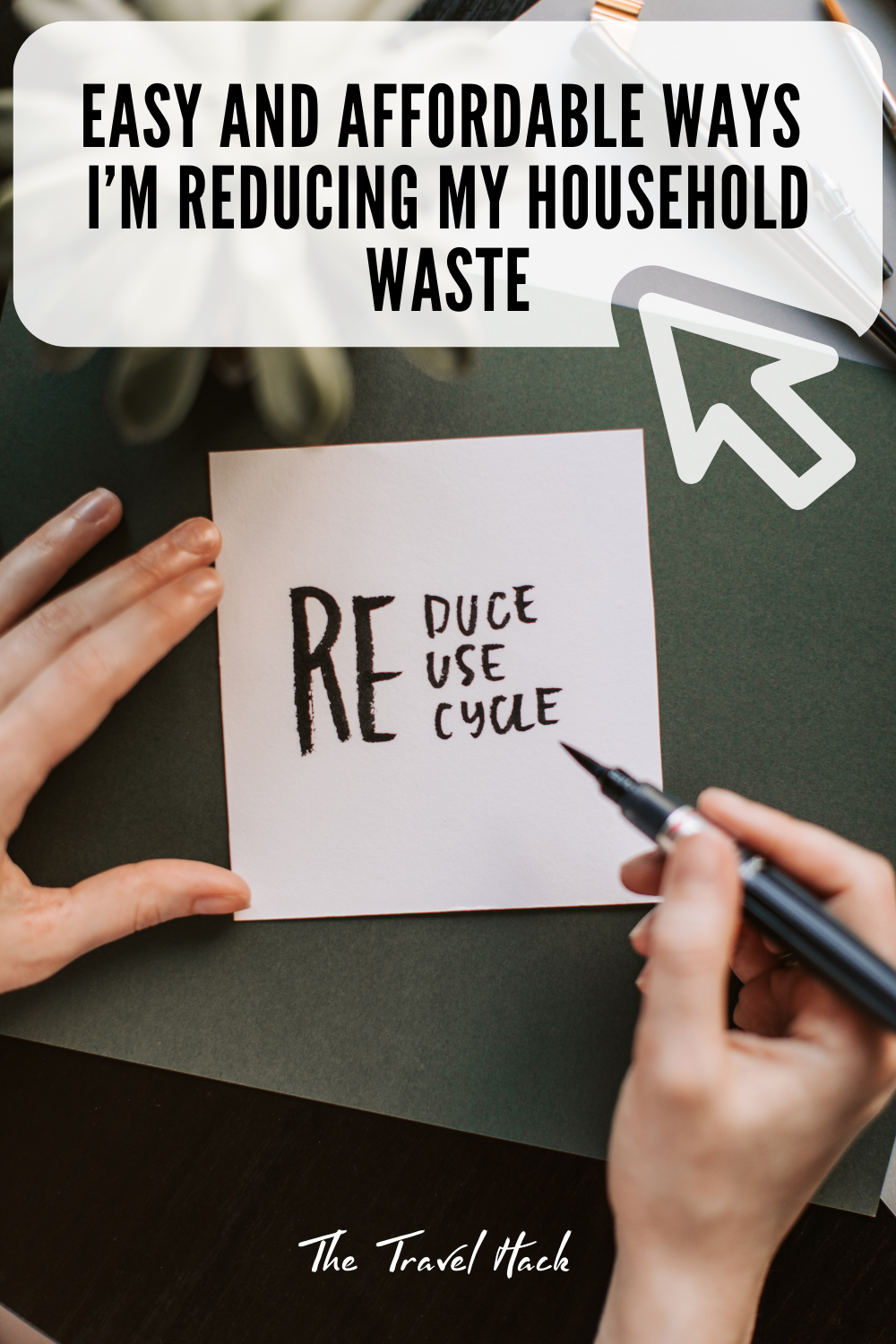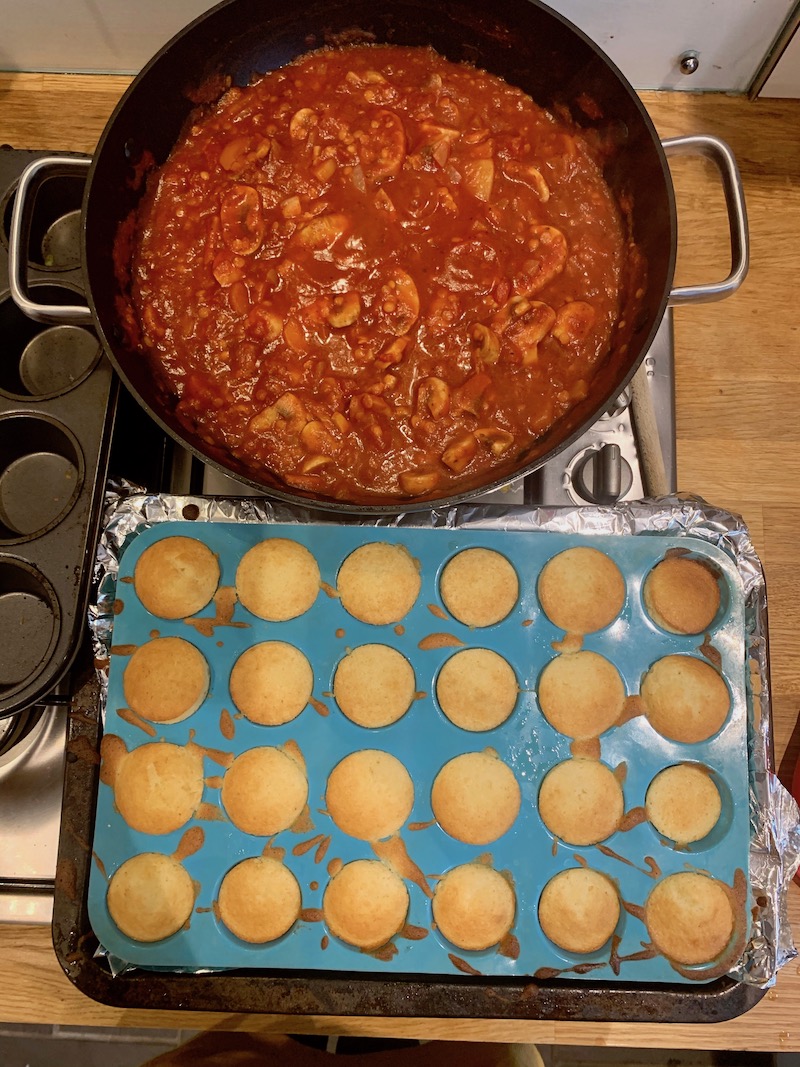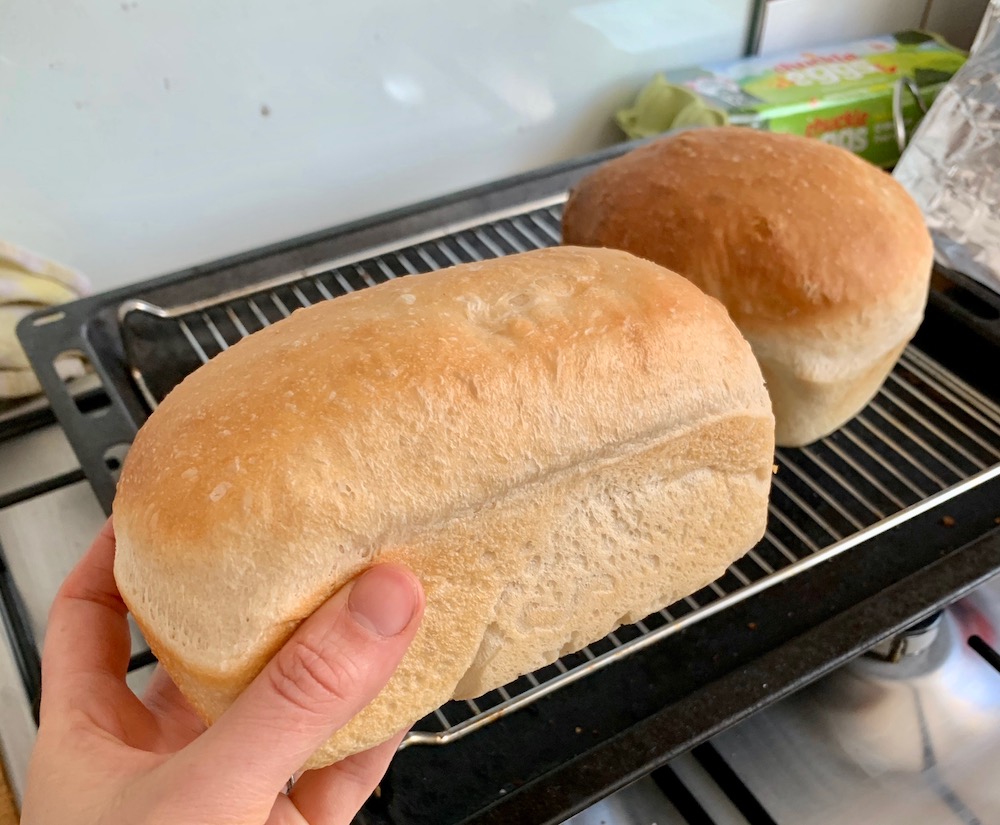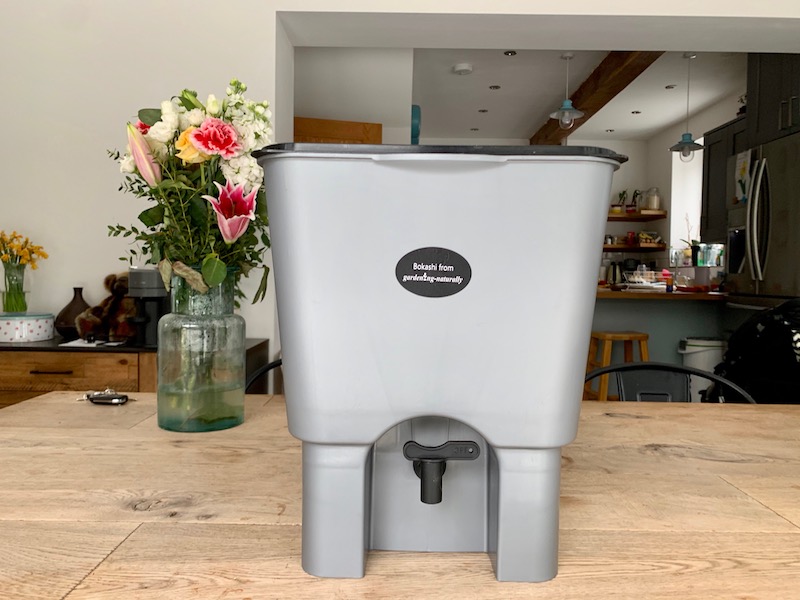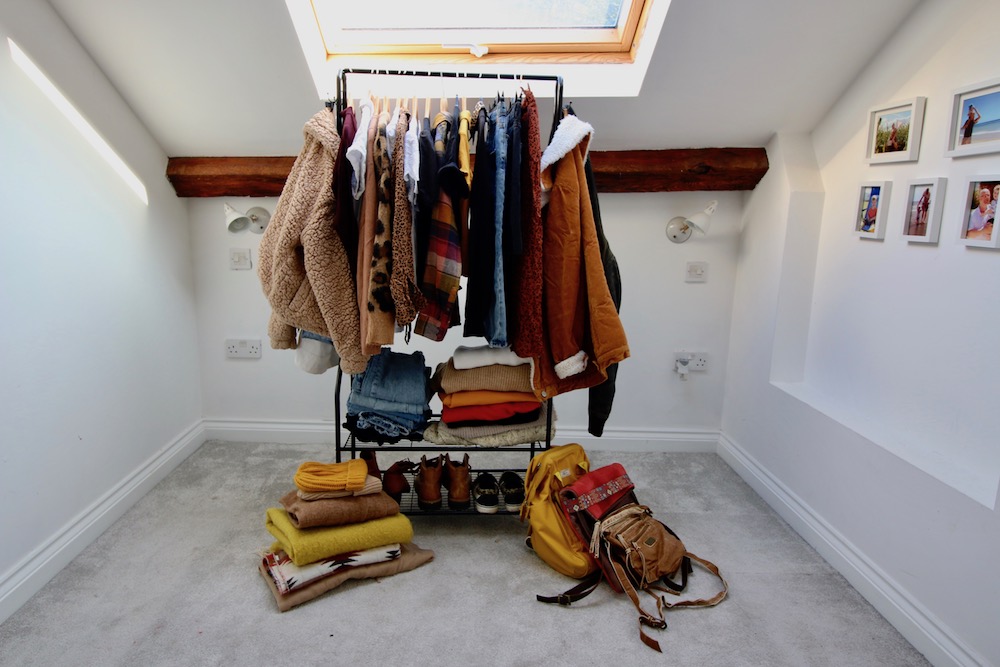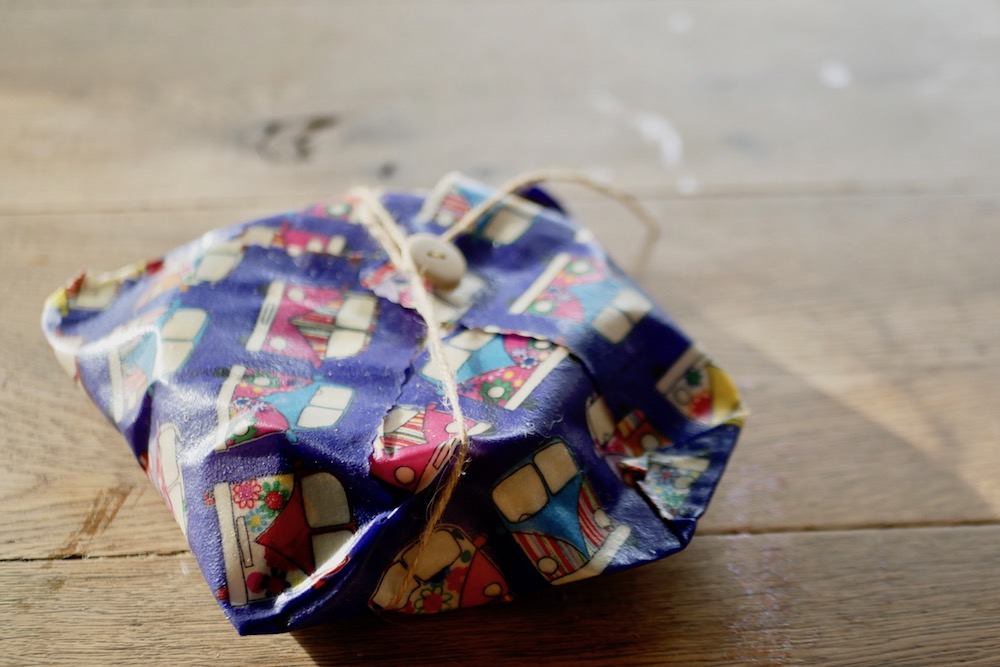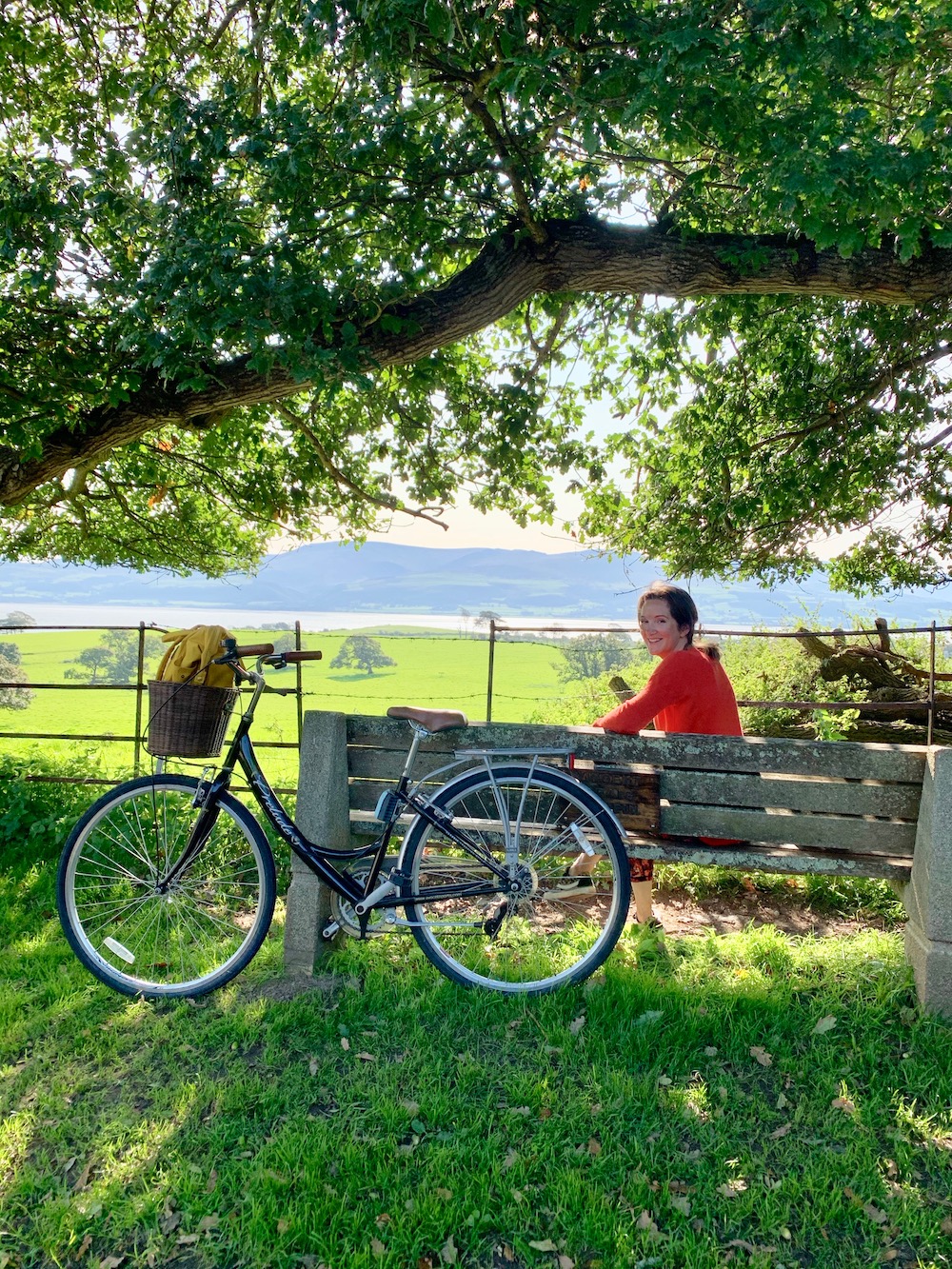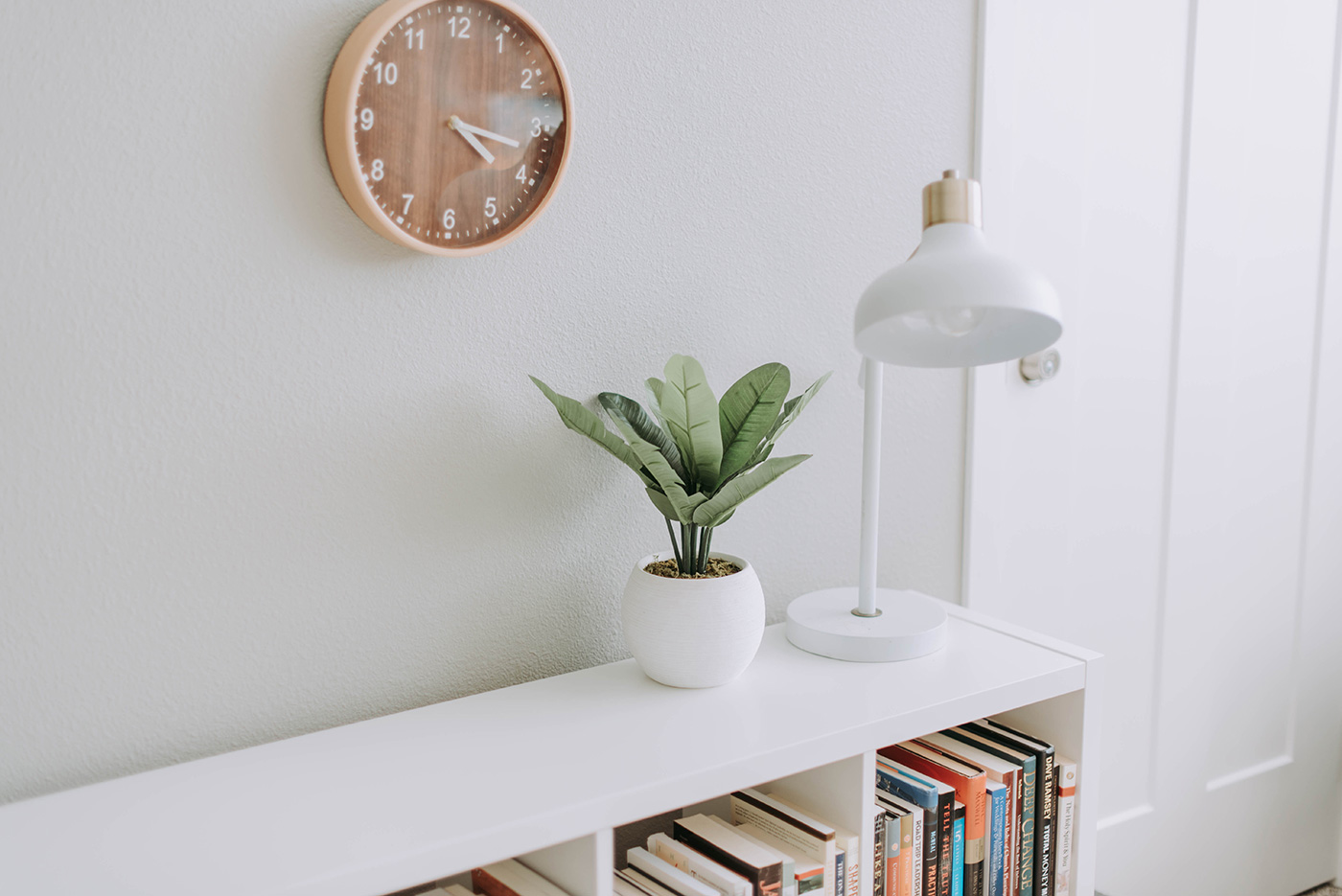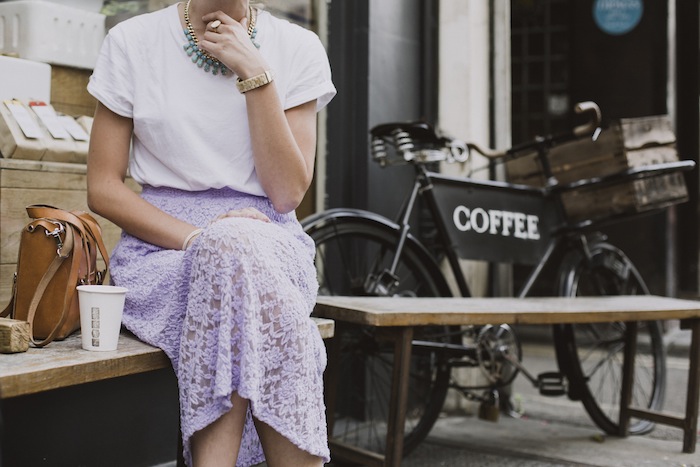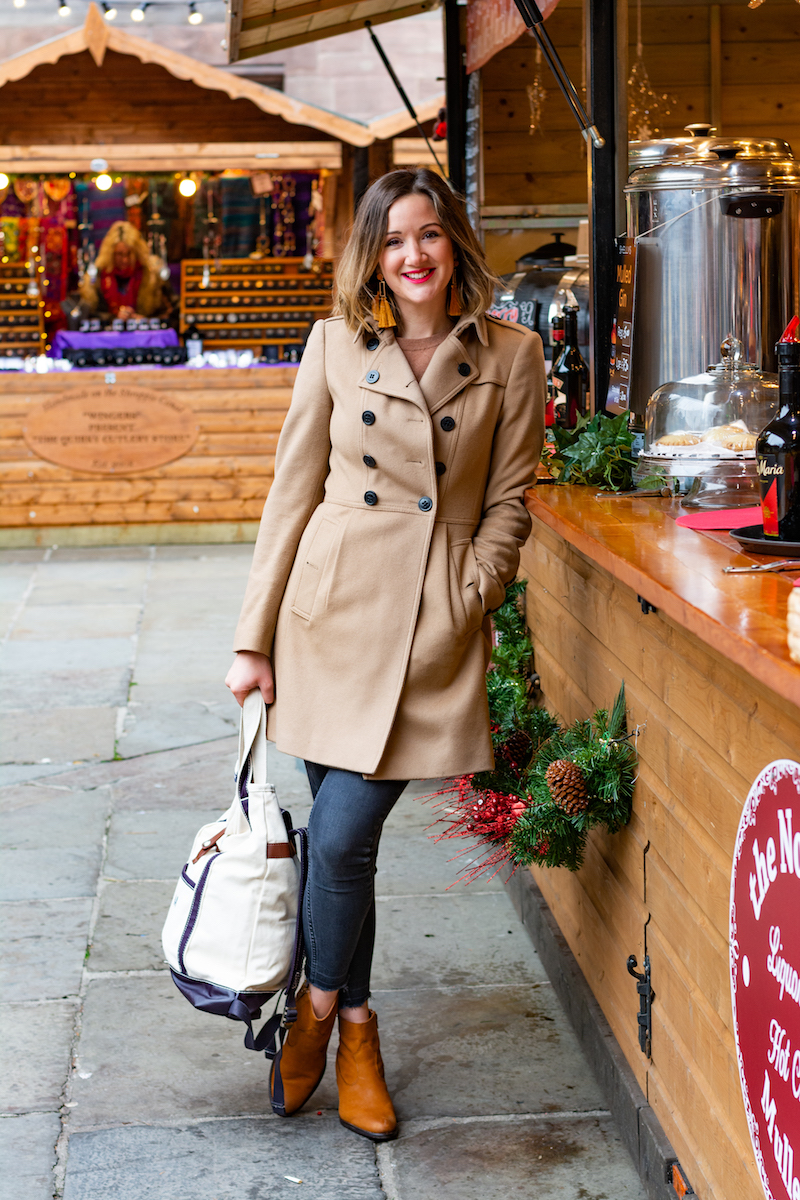I’m just scratching the surface with the topic of reducing household waste. Like many others, I’ve recently watched a few documentaries on the topic such as Stacey Dooley’s Fashion’s Dirty Secrets, The True Cost on Netflix and Drowning in Plastic on the BBC.
We’ve all known about these topics for years. We’ve known that fast fashion isn’t sustainable or ethical and we’ve known that we can’t go on using single use plastic the way we do. We’ve known we’re ruining the planet as we’ve opted for convenience over sustainability.
But over the last few years something has shifted and everyone seems to care.
Not only do I care, but I feel so guilty about spending the past 30 years not caring. Like many others, I’m now determined to make up for lost time and do what I can to reduce my environmental impact on the world.
The problem is that a lot of the suggestions to help reduce waste involve spending a lot more money and doing things that take a lot more time. The way sustainability is promoted online feels like a very privileged problem. There are businesses out there making money from sustainability so of course they will encourage us to buy more things to help the environment. That’s what businesses do!
But actually, the problem is that we buy way too much stuff. We don’t need to buy more, we need to buy less. A hell of a lot less!
I’m pretty sure we’re in this mess because most people (myself included) opt for the cheapest and easiest option available to us, whether we’re buying food, clothes, toys or things for our homes.
I’d love to pretend this wasn’t the case but it is. I’ll almost always go for the cheapest and easiest option, so this isn’t about making life any more difficult for ourselves.
If we see a pair of boots in Primark for £25, it’s really hard to buy a similar pair from an ethical supplier that cost £250. We know the £250 pair are better quality and will last longer and everyone involved in the production of them will have been paid fairly and there’s been minimal impact on the environment but, you know, the Primark pair are £225 cheaper! And that’s a huge difference and I could really do with that £225 in my bank, not on my feet.
The same applies to food. We can buy a bag of carrots from Aldi for less than a pound, but a similar bunch from the farm shop cost £2.50 – and they’re covered in mud! The mud thing is a wonderful novelty the first time you buy them. Honestly, you feel like an eco-warrior buying muddy carrots. But by the time you’ve bought them three times it’s actually just a pain in the arse because it’s a real messy faff cleaning them, especially when you know you can buy perfectly clean ones for less than half the price.
There’s lots I’d love to do to reduce my family’s household waste and I plan to slowly make changes. But these are all changes that make my life easier, not harder.
Here’s what I plan to do to reduce my plastic waste and household waste…
Cook in bulk
Something I’ve been doing recently is cooking huge batches of food in bulk and freezing it. It’s quicker, easier, healthier, cheaper and results in less plastic waste too. Also, if I’m buying a large amount of meat I’ll go to the butchers (and use my own tubs!) but I wouldn’t bother going to the butchers for just one packet of sausages.
It also means you’ve got less food waste because you can buy your produce much more intentionally, knowing exactly what you’re doing with every carrot and every pepper!
I try to get all veggies and meat from the market (where it doesn’t come wrapped in plastic) and buy the exact amount I need because I know exactly what I’m making. This is more difficult at the moment with Covid rules but I’m finding most farm shops do great delivery services.
I’m also a big fan of making mason jar salads for lunch or using any of the left over veggies for soup. I usually just make random vegetable soups and add everything together and pop them in the freezer.
If you’re new to batch cooking then I highly recommend the book The Batch Lady. I have so many cook books but this is the only one I use all the time. It’ll open your eyes to all the things you can freeze and easy ways to batch cook for the family.
Get baking
Once I’d tried to cut down on packaging from fruit and veg, I realised we had so much packaging from the unhealthy snacks we love so much. Things like cakes and biscuits come in so much plastic wrapping!
The solution? Make your own.
This isn’t always the easiest option but it’s much cheaper for good quality baked products. And once you get into the swing of things, it doesn’t take too long. It’s more fun and often healthier and, let’s face it, you don’t eat nearly as many biscuits when it takes you two hours to make them.
Having kids helps with this one because baking is a perfect rainy afternoon activity to keep everyone busy.
Travel Hack Tip: Cake mix and cookie dough freezes well so you can whip up a big batch and then freeze it, so the next time you make a fresh cake you won’t have any mess.
I also have a bread maker. OK, OK, I know this isn’t a cheap solution but there are hundreds of bread makers for sale on Facebook Marketplace or eBay so you can find a bargain one second hand. Making bread in a bread maker is so easy, mess-free and cost effective too. And let’s not forget that waking up to the smell of freshly baked bread is incredible.
Read more: Panasonic Bread Maker Review: Is it worth buying a bread maker?
Get a compost heap
If you’ve got space, consider making a compost heap for your food waste.
If you don’t have space for a compost heap then consider Bokashi composting. This is something I’ve just started doing and I’ll write a full blog post about it when I’ve been doing it for a few months. Bokashi composting involves sealing your food waste in an airtight container and layering it with Bokashi bran. It ferments for two weeks and this speeds up the composting process. You can then bury the food scraps in the ground or place them into the bottom of a large container than you plan to put veggies or flowers in.
If you usually plant flowers or veggies in the summer then this will also save you money because you won’t need to buy bags of compost in plastic bags.
Create a capsule wardrobe with what you already have + BUY LESS
I’d avoided the whole capsule wardrobe trend because it just seemed to be a lot of people going out and buying lots of monochrome or grey clothing! But it doesn’t need to be like that – you don’t need to buy anything, just use what you already have to create a more minimal wardrobe.
Read more: Why you should create a capsule wardrobe
I took every single item of clothing I own and dumped them onto a huge pile on my bed. I knew I had a lot of clothes, but I was honestly horrified to see how much I had. I have 10 pairs of jeans and they’re mostly all the same! I found 11 white t-shirts and four pairs of black leggings. It’s completely ridiculous. I had so many clothes I didn’t even know what I had so I kept buying similar items.
So what I’ve done is created a small, minimal capsule wardrobe which I change every few months. My wardrobe is mostly made up of denim, white t-shirts (unsurprisingly!) with lots of and warm, caramel colours.
It feels good to have a neat and organised wardrobe and also feels nice to not have Wardrobe Overwhelm every morning.
Once I’d organised this capsule wardrobe, I had 9 suitcases filled with clothes left over! There were a few items that no longer fit so I sent them to the charity shop but the majority of the clothes are still nice so they’ve gone into the attic ready for next season. I’ve put a lot of winter clothes in the attic too so I’m hoping I’ll dig them out next year and, after so long hidden away, they’ll feel like new. I’m sure there will be jumpers I will have forgotten about so it’ll be like some kind of weird shopping spree in my attic.
For me, this isn’t about never shopping again, although I do plan to dramatically reduce the amount of clothes I buy. It’s not even about only shopping with those expensive brands who claim to be ethical (but aren’t always as ethical as they’d like you to believe). It’s about being more mindful when shopping and intentionally buying beautiful clothes I know I’ll love and wear for years and years to come. Those clothes might be second hand, they might be designer, they might be from the high street but, wherever they’re from, I’d like to think I’ll wear them until they’re old and wrecked, not just for the micro season they’re in fashion.
Use beeswax wraps
We’ve swapped cling film for beeswax wraps and I can’t even imagine buying clingfilm now! This is such an easy one and a lovely one too because beeswax wraps make your food feel like an exciting little treat!
Read more: A beginner’s guide to using beeswax wraps
Get a hobby
This might not be the same for everyone but one of the reasons I shop for clothes is because I’m bored or because it’s just become a habit to go shopping when I have nothing better to do. Going shopping makes me feel busy and efficient because I’m out buying things!
Sam and I do it all the time. If we have nothing to do, we’ll often pop into Chester and go for lunch and have a stroll around the shops and a walk around the park. It’s a nice day out and there’s nothing wrong with that, but we could easily chop out the ‘stroll around the shops’ bit and have an equally nice time without spending a small fortune on clothes and crap we don’t need.
But here’s an idea…how about we all fill our time with a hobby?
Maybe it’s an age thing but I feel like people don’t really have hobbies anymore! Maybe it’s time to get a hobby to fill that spare time with things we love, not pointless shopping sprees?
Get organised
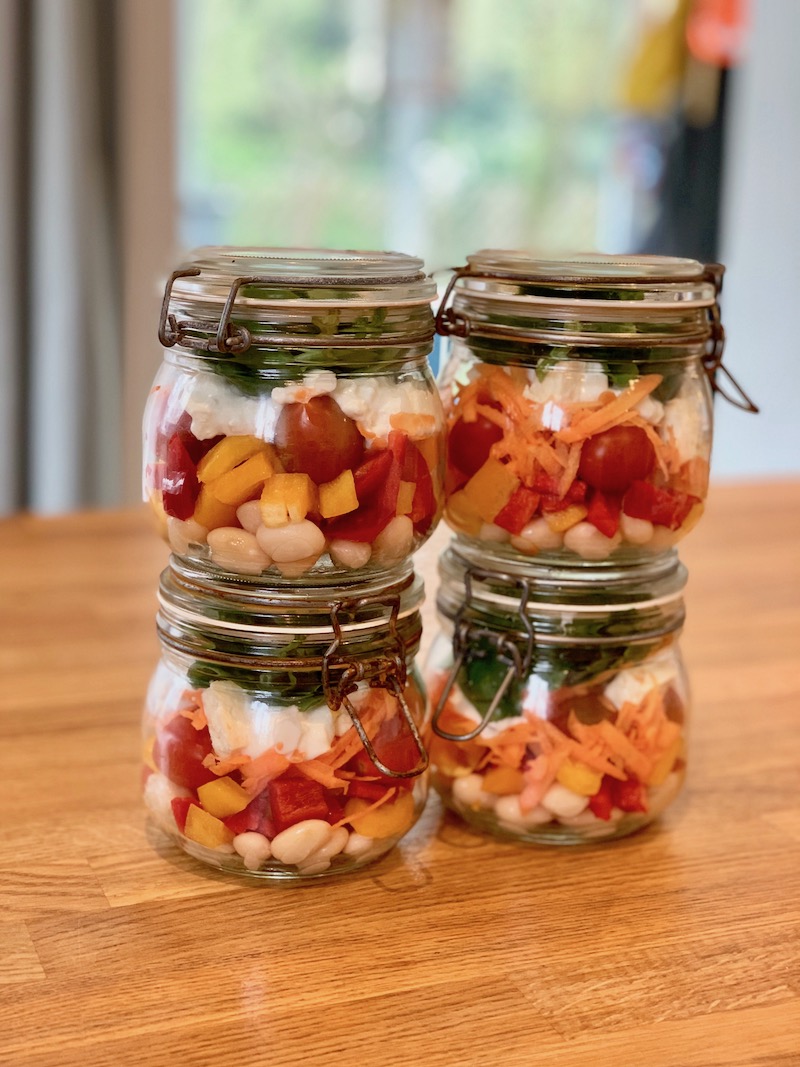 The main thing I’m finding about reducing waste is that you need to be organised.
The main thing I’m finding about reducing waste is that you need to be organised.
Let’s say you’re going to a wedding and you want to buy something second hand, it’s going to take a lot longer to trawl through eBay or Depop for the prefect dress with matching shoes and a bag than it would be to pop to a department store and buy a new outfit!
Getting organised especially applies to food. We’ve all been there – you’re out and about and ended up being out for longer than expected. Suddenly it’s 2pm and you’re starving hungry and so thirsty you’d drink anything, so you pop into a convenience store and buy a pre-packaged salad with plastic cutlery, a bottle of water, a packet of crisps and a chocolate bar. You’re starving, it had to be done, but there’s now so much plastic packaging. We all do this but it’s so easy to avoid by being prepared with meals and snacks.
The solution is simple; always carry a reusable bottle of water and make sure you’ve always got some snacks in your bag.
Something I do since having children is preparing my lunches ahead of time. Even though I work from home, I often don’t find time to make myself a proper lunch and if I don’t prepare something I’ll end up eating toast for lunch every day of the week or I go to the shop for pre-packages stuff.
I’ll often make 3 or 4 mason jar salads on a Sunday evening and make sure we have dinner left overs for lunch 2 or 3 days a week too. If you’ve already got your lunch prepared, it’s much easier to pop it in your bag just in case you’re out for longer than you intended.
Having healthy snacks pre-prepared makes life much easier, especially if you have kids like mine who are always asking for a snack!
Declutter your home
One of the best things about decluttering (aside from that lovely liberating feeling of having less junk weighing you down!) is that you know exactly what you have. It means you don’t accidentally buy duplicates of things and you buy a lot less because you don’t want to re-clutter your house again!
Sustainable sanitary products
Did you know it takes 500 years for sanitary pads to full decompose! Wow. Not only that but sanitary pads are horrible!
Thankfully, there are now so many sustainable sanitary products that won’t be clogging up our landfills and are SO MUCH nicer to use. Washable period pants and menstrual cups can take a bit of getting used to (but, let’s face it, so can tampons!) but once you’ve converted there’s no going back. They’re also more expensive to initially buy but they can last for years so you will save money in the long run.
Read more: Lily Cup Compact Review
Make your own beauty products
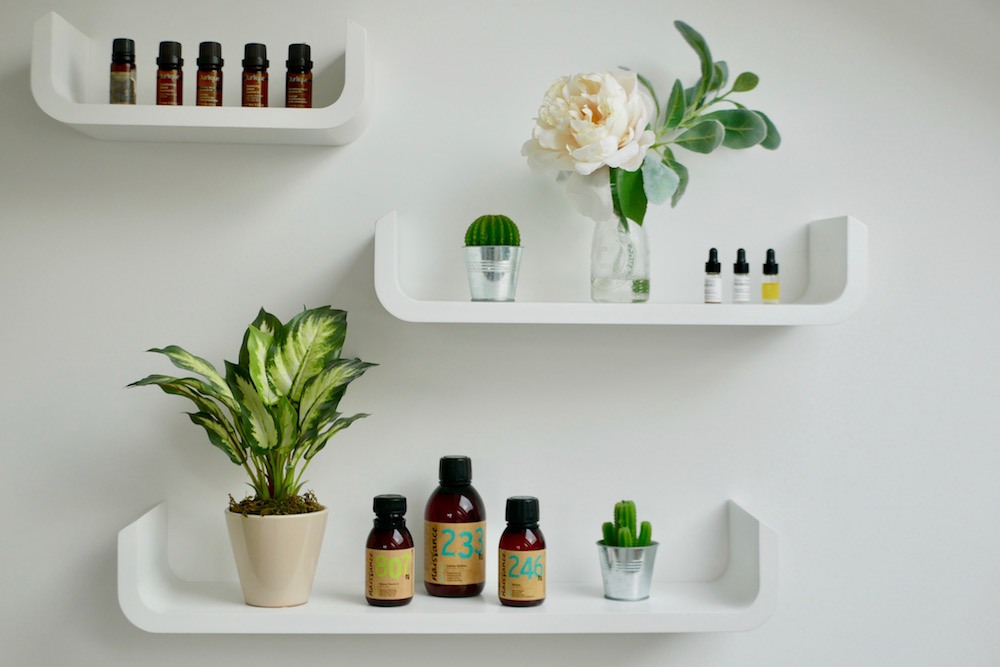 I started making my own beauty products when I realised the ingredients in my (extremely expensive!) facial oil were all available online for a fraction of the cost. I thought I might as well try it because if I bulk bought the ingredients, it still cost less than the fancy facial oil I had.
I started making my own beauty products when I realised the ingredients in my (extremely expensive!) facial oil were all available online for a fraction of the cost. I thought I might as well try it because if I bulk bought the ingredients, it still cost less than the fancy facial oil I had.
I was blown away when I realised my homemade version was even better than the one I bought so I’ve been hooked on homemade beauty products ever since. You’ll end up using much less packaging, have a better quality product and save yourself a fortune. You can also make yourself small batches which is great for people who get bored of their beauty products and want a change! I’ve just made up a new oil with fresh, zesty essential oils which is gorgeous for spring but I’m sure I’ll want something different for summer.
Read more: How to make your own facial oil
Make things easy
Reducing your household waste doesn’t need to make life more difficult. It’s going to be hard to stick to any new routines if you’re actually making life more difficult for yourself. But a lot of these things have actually made my life much easier and considerably cheaper so that’s why I think these are a great place to start.
I’d love to hear what little tips and tricks you have to make life easier when cutting down your household waste.
